How to Fix Widgets Not Opening in Windows 11?
There have been user reports regarding the widgets feature in Windows 11 where the widgets fail to open or load at all. This has been faced by multiple users and seems to be a pretty common issue among Windows 11 users. The problem can surface due to several reasons which include Edge WebView2 missing from your computer or a malfunctioning Windows Explorer process. While this problem can be annoying, it can be solved via a few methods that have also helped other people. In this article, we will be taking you through this process and showing you how to solve the problem in question.

As it turns out, widgets were initially introduced late in Windows 10 and have received a bit of an overhaul if you have upgraded to Windows 11. The widgets icon used to be on the system tray on Windows 10 while it has received its icon on the taskbar right next to the Windows icon. On top of that, you can also customize it by adding or removing widgets. In case you don’t like the separate icon, you also have the option to enable or disable widgets via the task settings. If your widgets are not loading, it can be due to a few reasons like we have mentioned. However, the reasons mentioned above are not the only culprits and there are potential causes as well that can trigger the problem. Therefore, before we proceed, let us first go through the causes in more detail to establish a better understanding of the problem. With that said, let us get started and jump right into it.
- Missing Microsoft Edge WebView2 — As we have mentioned previously, one of the reasons that your widgets may not be opening is due to the absence of Microsoft Edge WebView2 on your computer. In such a scenario, to resolve the problem, you will have to install it on your computer.
- Local Accounts — For some users, the problem was caused because they were using a local account on their computer instead of a Microsoft account. Therefore, if this case applies to you, you will have to log in to a Microsoft account to resolve the issue.
- Malfunctioning Windows Explorer — As it turns out, the issue can also arise when the Windows Explorer process on your computer has run into an error. When this happens, you can easily resolve the problem by simply restarting the process.
- Graphics Drivers – In some cases, the problem can also surface due to the graphics drivers that are installed on your computer. In such a scenario, you will have to disable the graphics drivers and then enable them again to fix the problem.
Now that we have gone through the list of causes of the problem in question, we can finally get started with the different methods that you can use to get your widgets to work again. So, without further ado, let us get right into it.
End Widgets Process
As it turns out, the first thing that you should do when you encounter the issue in question is to make sure that the widgets process is running on your computer. In some cases, the widgets process may be malfunctioning due to which it is not able to open up properly.
If this case is applicable, you will have to end the widgets task via the Task Manager to fix the problem. To do this, follow the instructions that are given down below:
- First of all, open up the Task Manager. To do that, right-click on the Windows icon on your taskbar and choose Task Manager from the menu that appears.
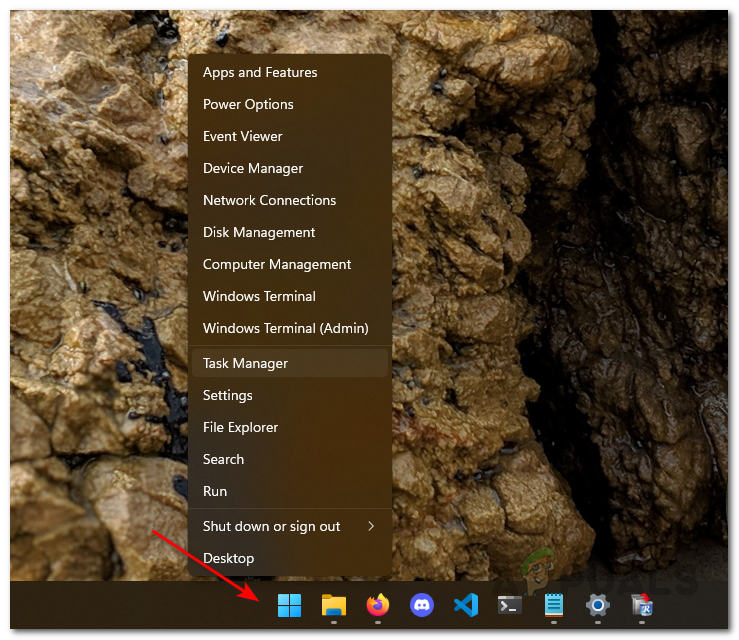
Opening up Task Manager - After that, on the Processes tab of the Task Manager, scroll down and locate the Widgets process.

Locating Widgets Process - Right-click on the process and then click the End task button.

Ending Widgets Process - Once you have done that, go ahead and restart your computer.
- In case you do not see a widgets process, right-click on the taskbar and click Taskbar settings.

Opening up Taskbar Settings - Under Taskbar items, turn on Widgets and then click on the icon that appears on your taskbar.
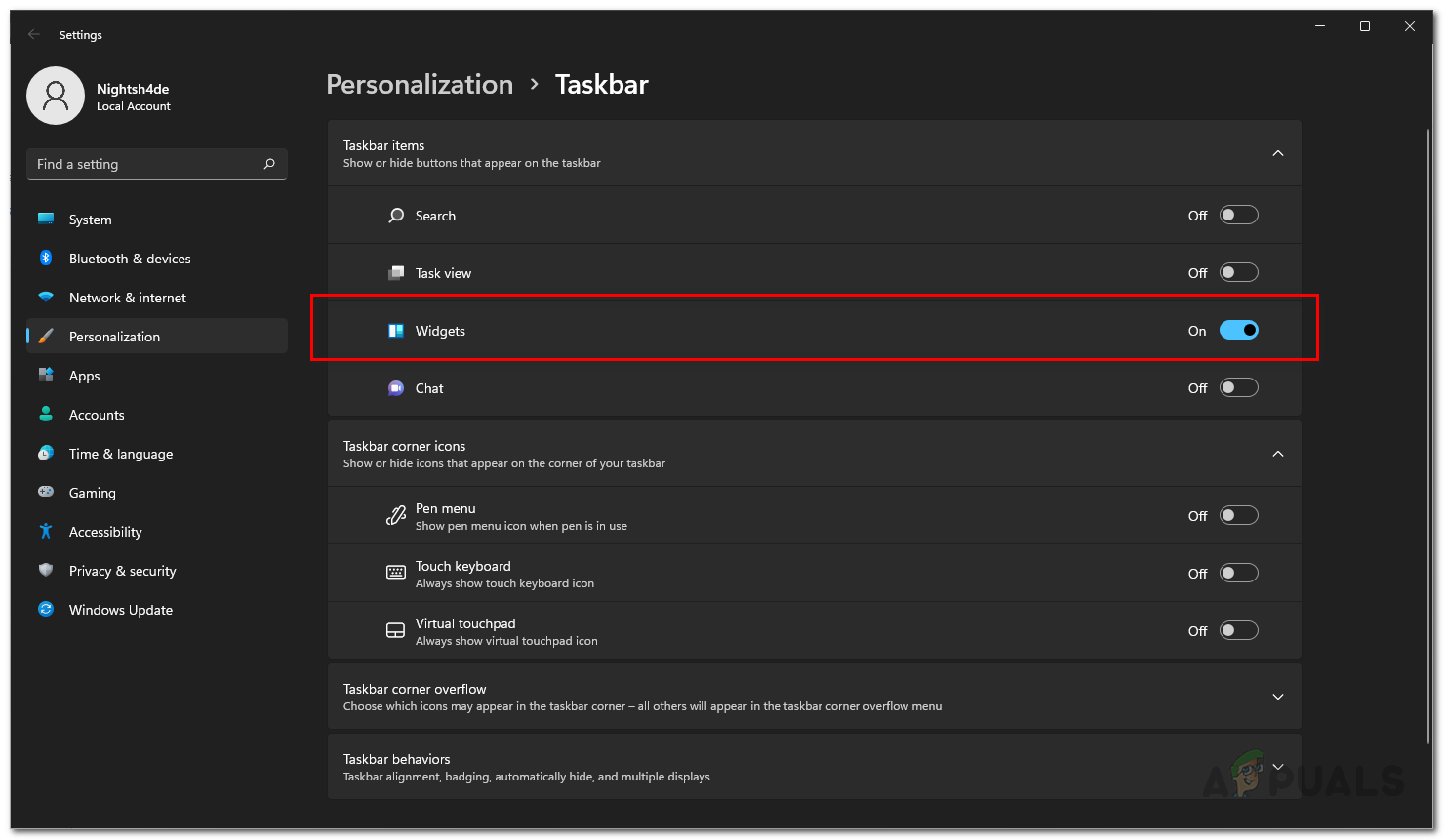
Turning on Widgets - See if that resolves the problem.
Restart Windows Explorer
Windows Explorer is responsible for managing your files as well as your desktop. Like we have mentioned, in some cases, the problem may surface due to the Windows Explorer process that is running in the background. This happens when the process in question encounters an error or a problem.
When this happens, you can easily resolve the problem in question by simply restarting the Windows Explorer process. To do this, follow the instructions that are given down below:
- First of all, open up the Task Manager by right-clicking the Windows icon on the taskbar.

Opening up Task Manager - Once the Task Manager window is open, look for the Windows Explorer process in the Processes tab.

Locating Windows Explorer Process - After locating it, right-click on the process, and from the drop-down menu, click the Restart option.
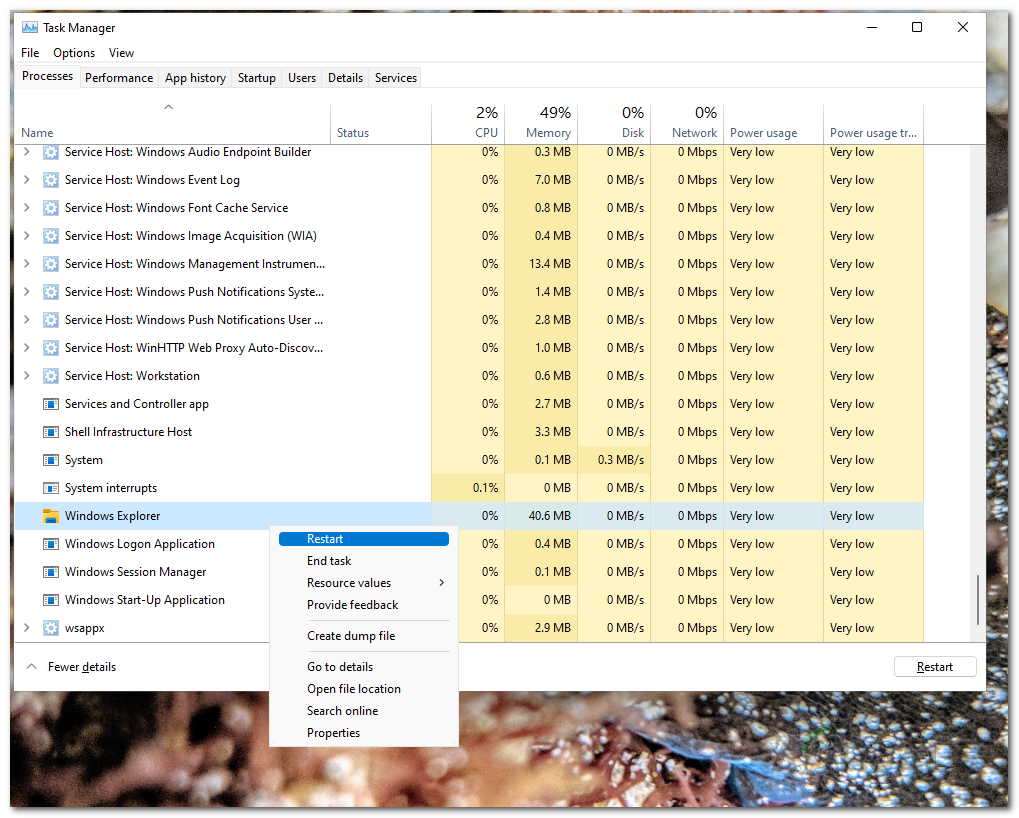
Restarting Windows Explorer Process - Wait for the process to restart. Once that is done, go ahead and see if the problem has been resolved.
Login to Microsoft Account
In some cases, the problem can originate when you are using a local account on your computer. A local account is essential when you have not logged in to a Microsoft account and instead using an account that exists on your computer only, thus called a local account.
In case you are using a local account, you will have to sign in to your Microsoft account to see if that resolves the problem for you. To do this, follow the instructions that are provided down below:
- First of all, open up the Windows Settings app by pressing Windows key + I on your keyboard.
- On the Windows Settings window, go to the Accounts tab on the left-hand side.
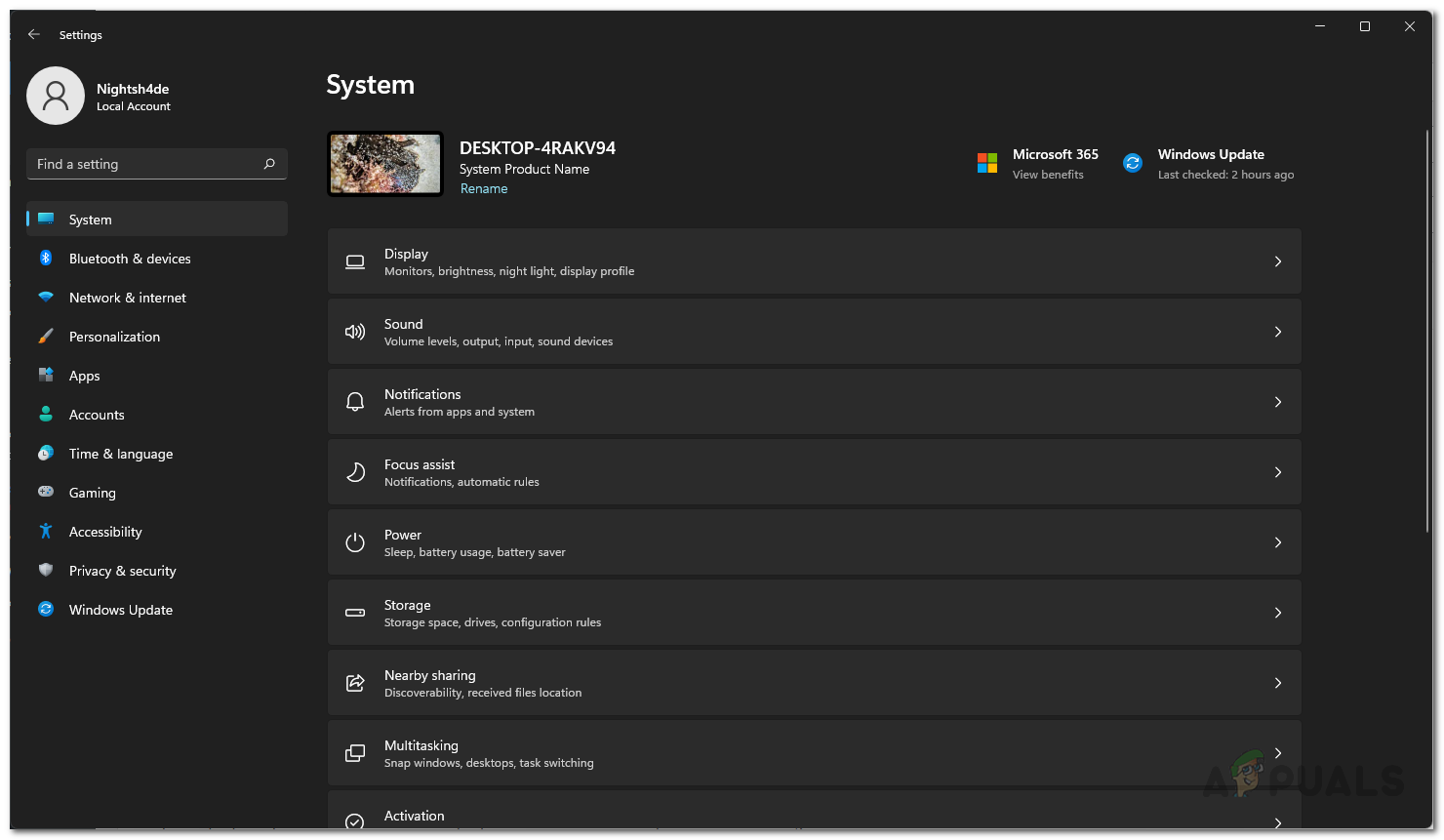
Windows Settings - There, click on the Emails and accounts option provided.
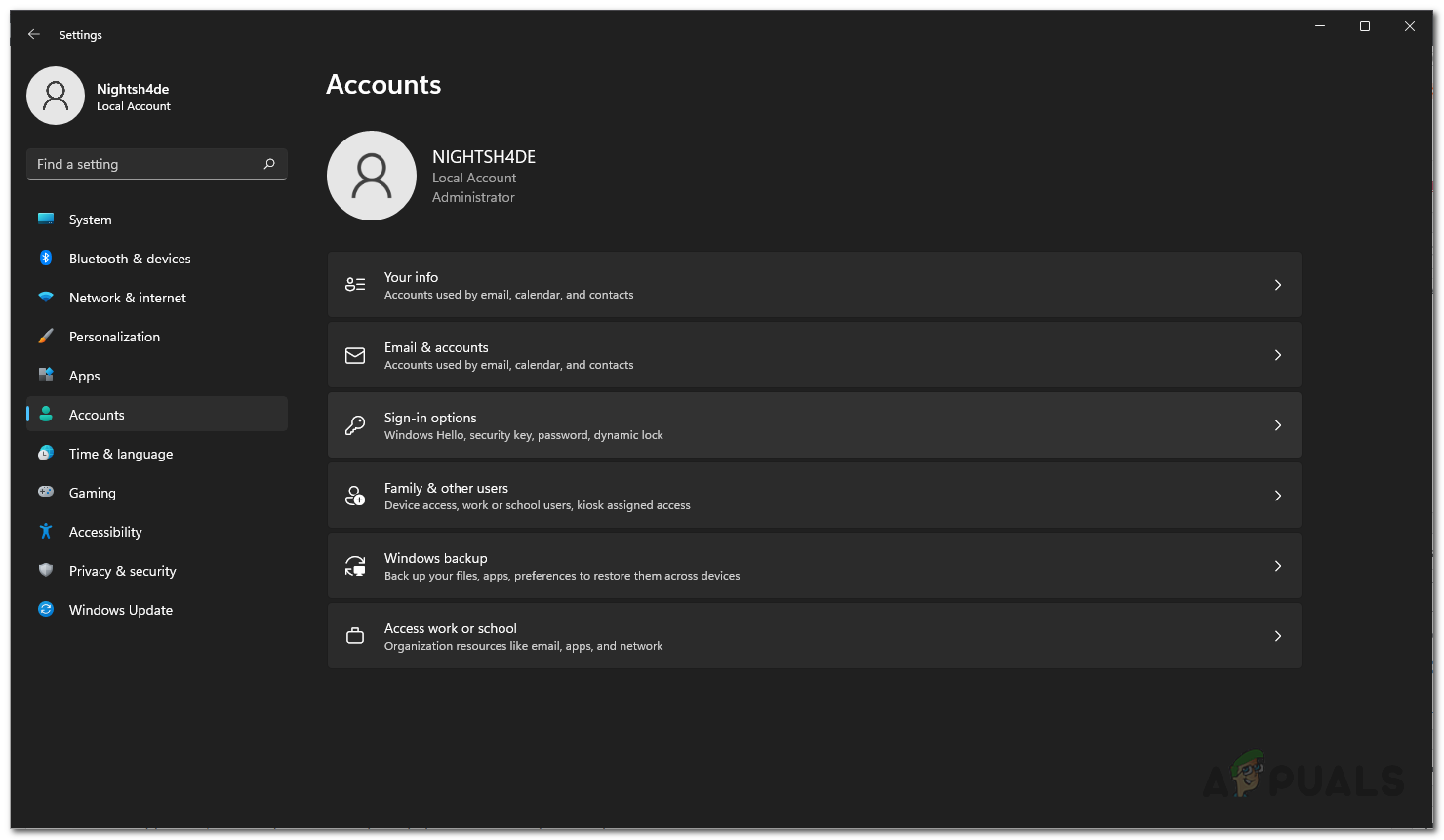
Navigating to Emails and Accounts - Finally, click the Add account button provided if you are using a local account.
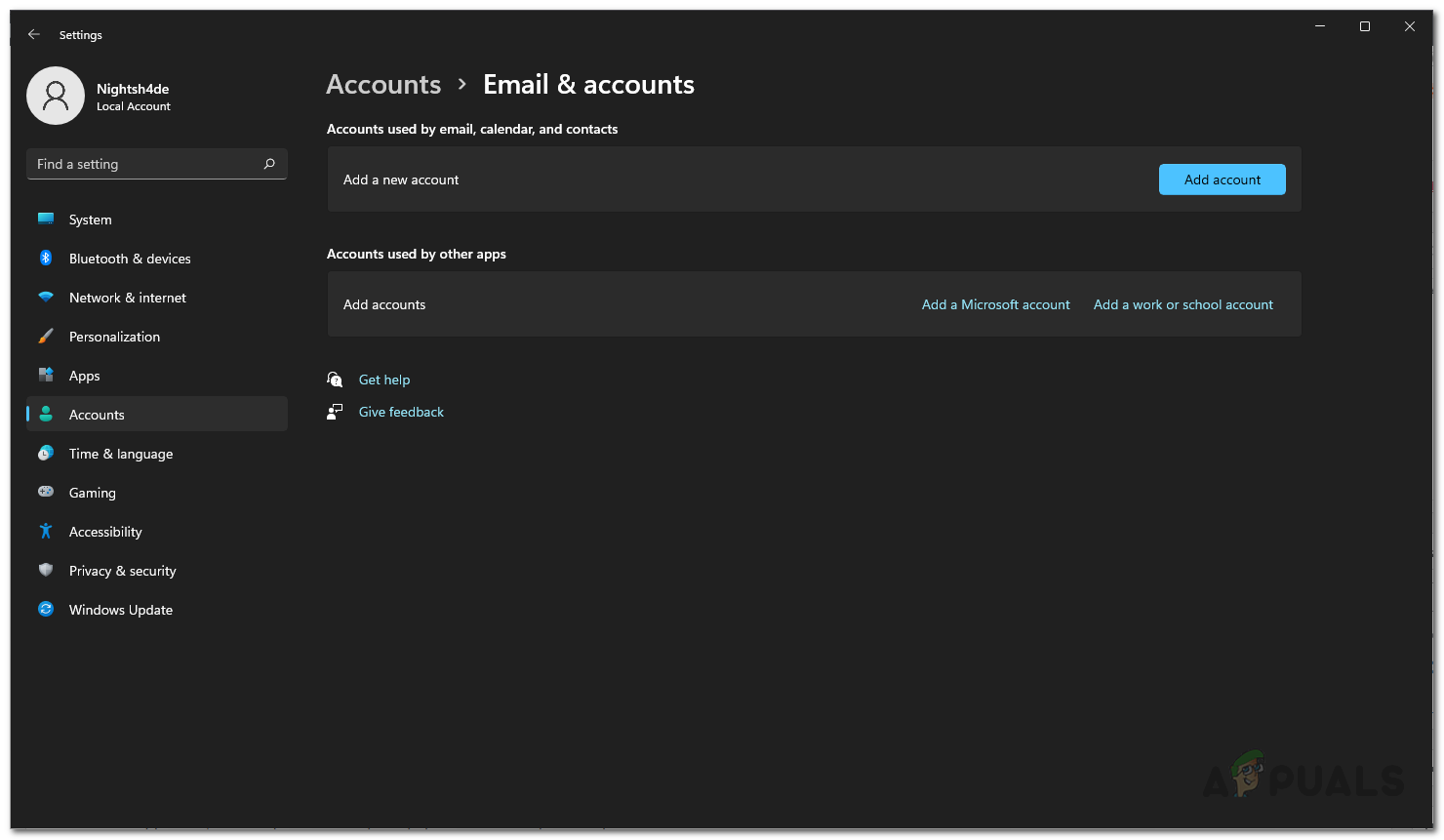
Adding an Account - Go through the on-screen prompts and provide your Microsoft account credentials to finish up the addition of the account.
- Once you have done that, see if the problem still exists.
Disable and Enable Graphics Drivers
As it turns out, another way that you can resolve the problem in question is by disabling and then enabling the graphics drivers that are installed on your computer. The issue in question can appear when your graphics drivers are not operating properly and thus require a simple restart.
If this case is applicable, disabling and enabling the graphics drivers on your computer should resolve the issue. This has reportedly fixed the problem for several other users as well. To do this, follow the instructions down below:
- First of all, open up the Device Manager by searching for it in the Start Menu.
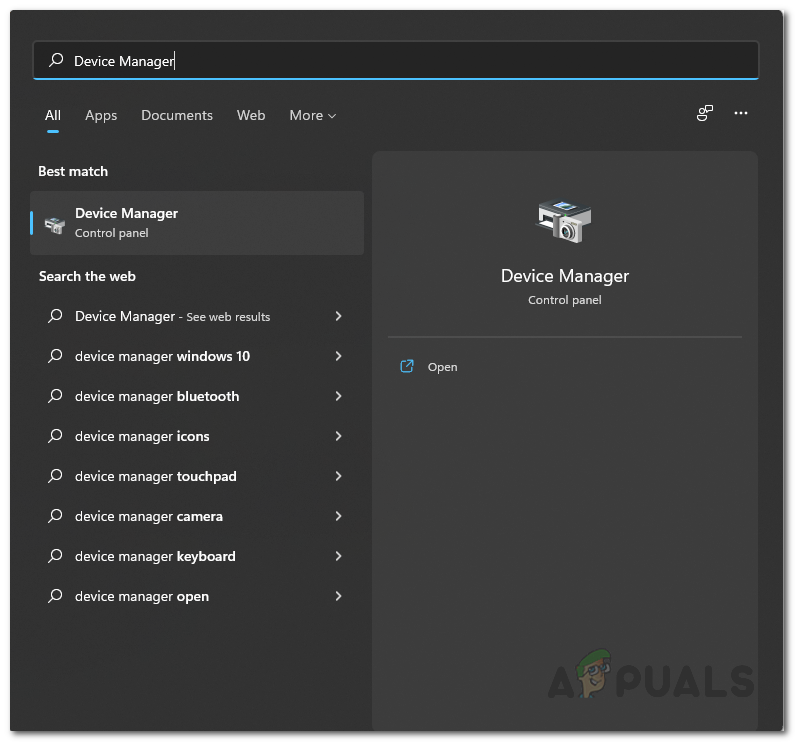
Opening up Device Manager - Now, on the Device Manager window, expand the Display adapters list.

Device Manager - There, right-click on your graphics driver, and from the drop-down menu, click the Disable device button.
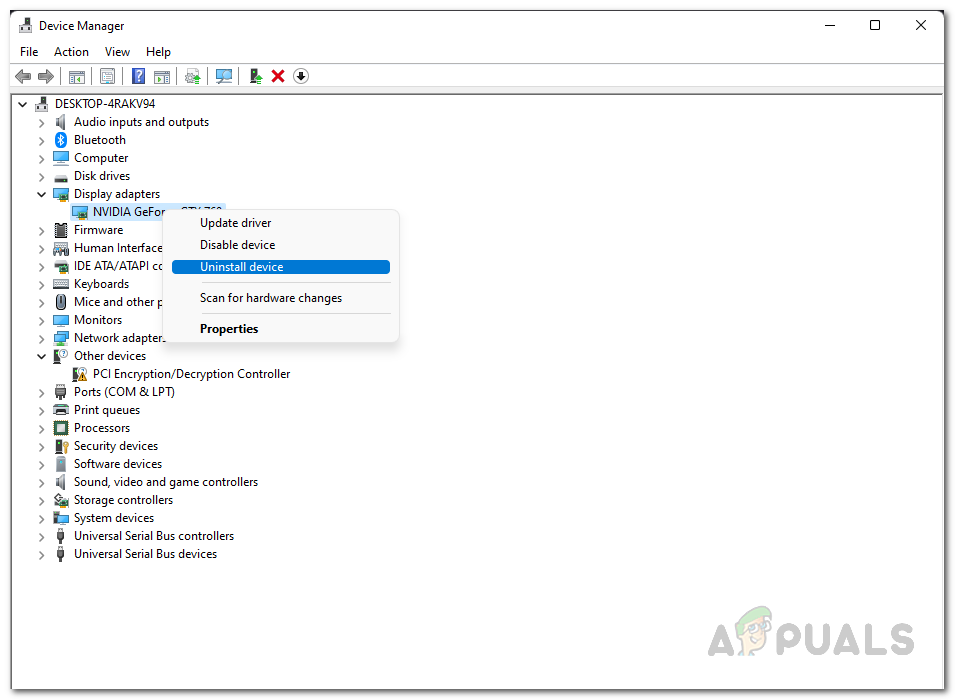
Disabling Graphics Driver - Once you have done that, right-click on the driver again and click the Enable option this time around.
- After doing that, go ahead and check if the problem has been fixed.
Install Microsoft Edge WebView2
Finally, if none of the methods have fixed the problem for you, then this is because you are missing a key element on your computer. As it turns out, Windows Widgets require the Microsoft Edge WebView2 technology on your computer to load the widgets. This is because WebView2 enables native apps on your computer to embed web technologies.
Thus, if you are missing Edge WebView2 from your computer, Windows Widgets will not be able to work properly. In such a scenario, you can easily resolve the problem by simply installing Microsoft Edge WebView2.
To do this, head to this link here and click on the Download Now button to download the installer. Run the installer once it has been downloaded and then follow the on-screen prompts to complete the installation. After the installation has been completed, you might need to restart your computer. Once that’s been done, the problem should no longer be there.





